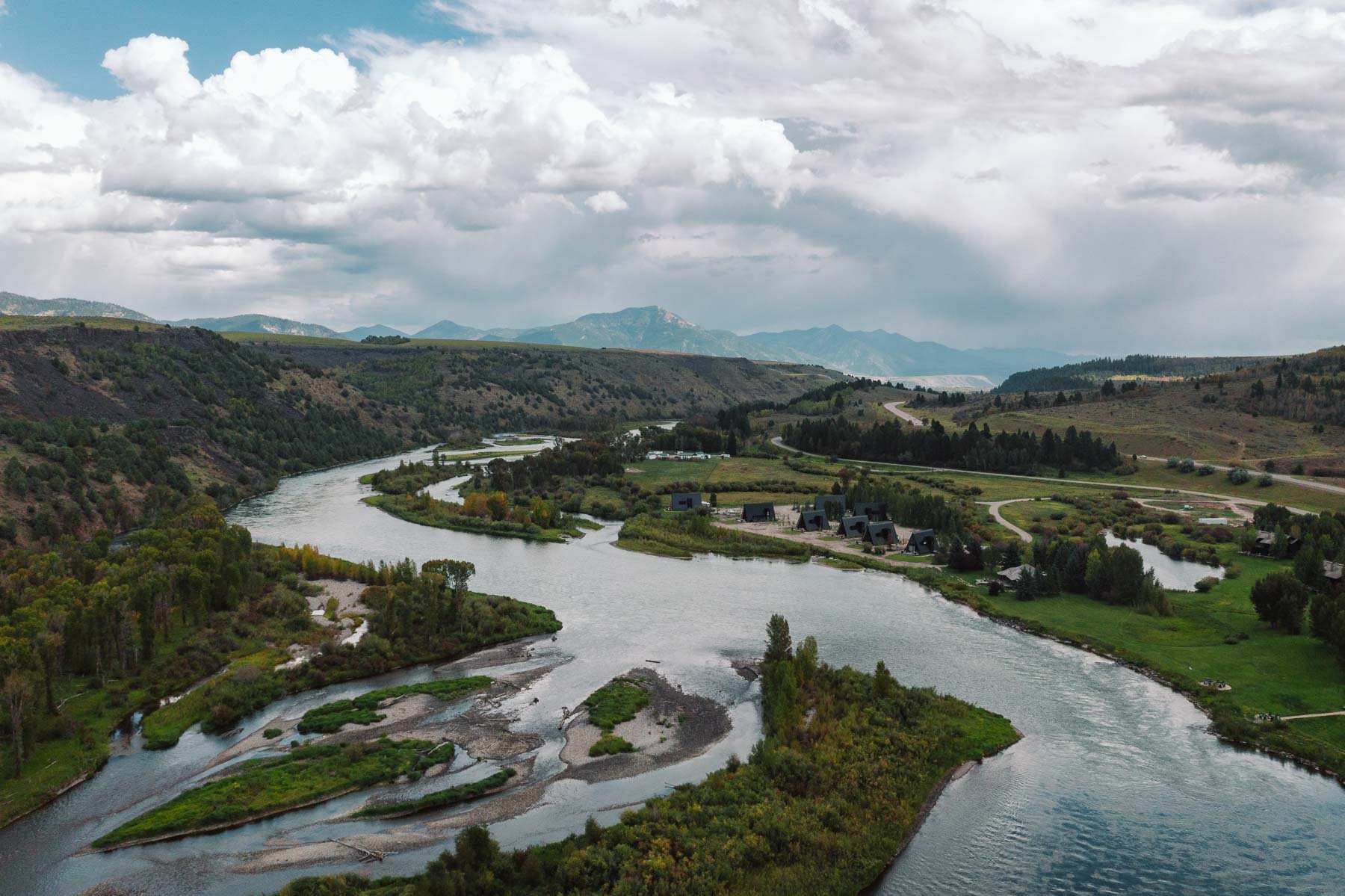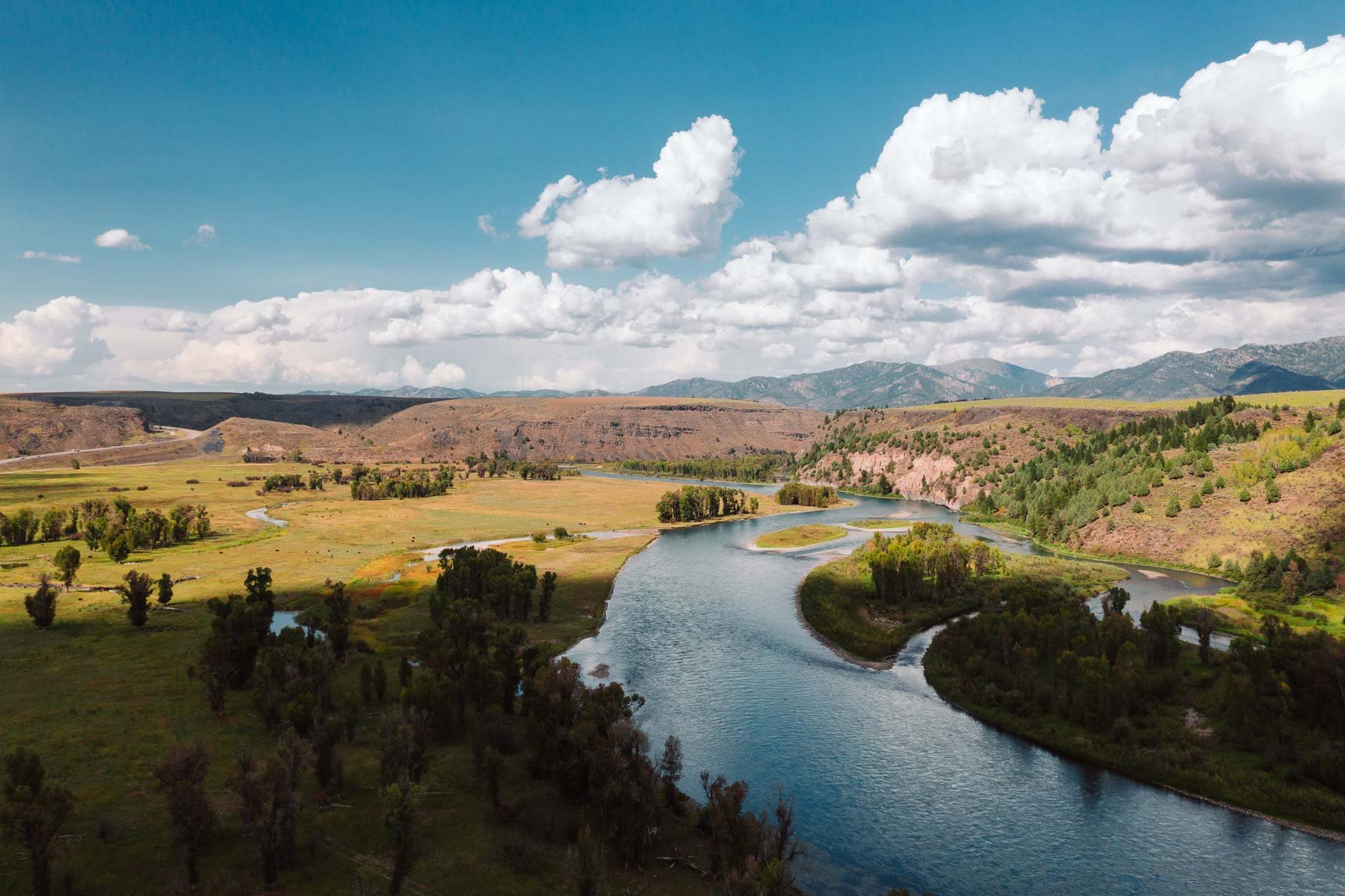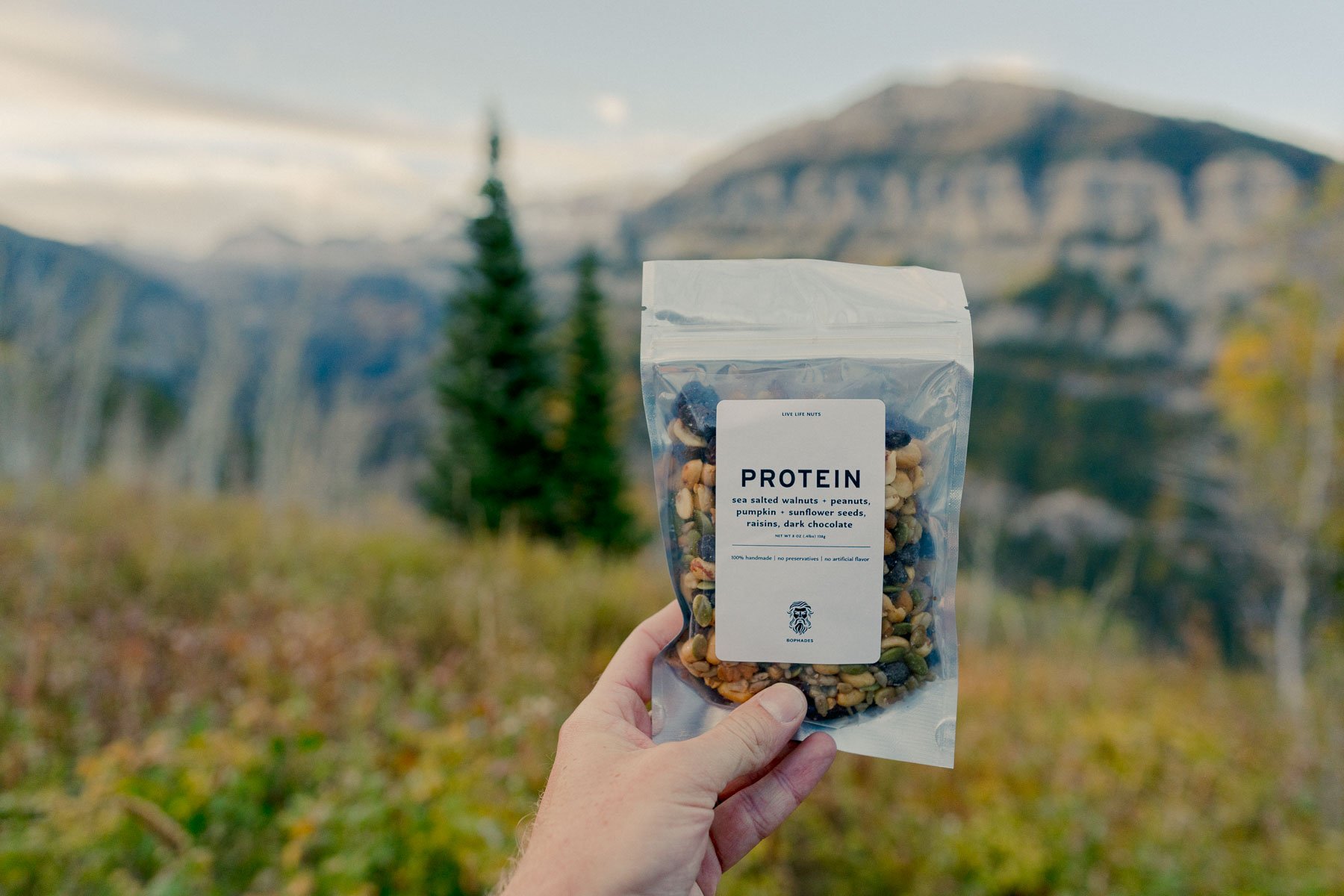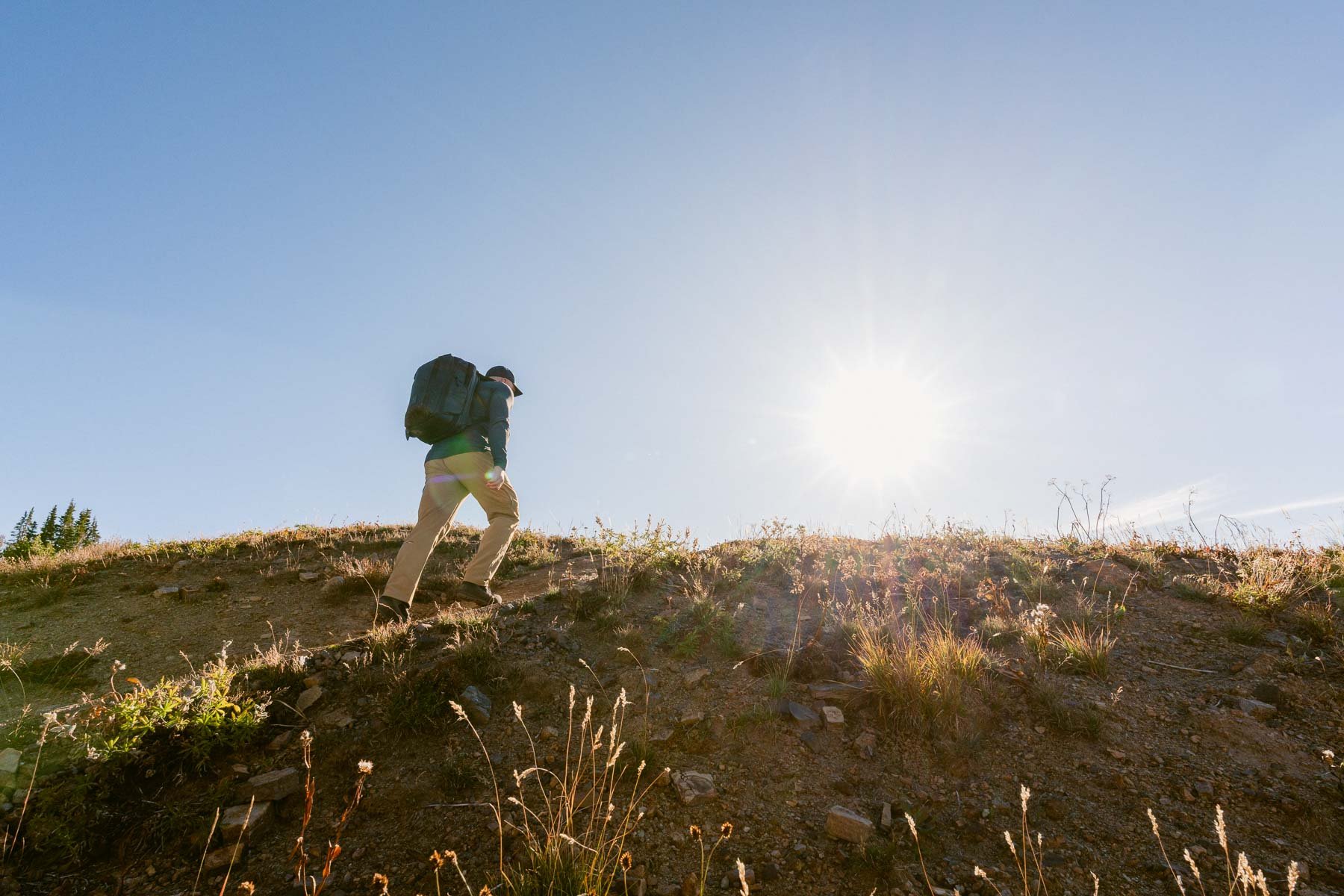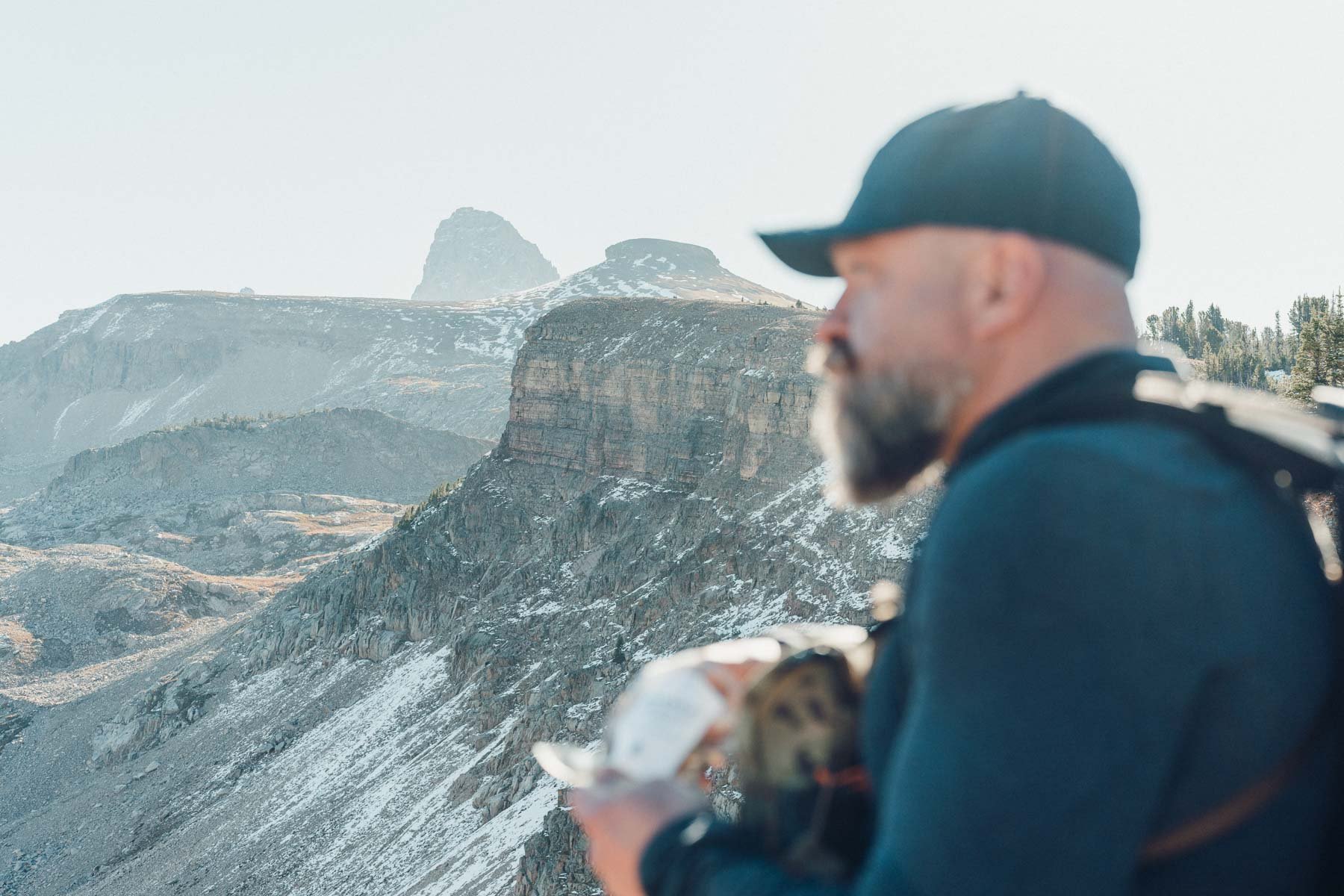Sweater Weather
It’s fall, and I can’t believe it. I feel like we just got through winter.
Being close to Jackson Hole, WY., and Yellowstone National Park, I’ve realized I have just touched the surface when it comes to exploration.
As the rain settles in Idaho, and the vibrant colors appear, Mother Nature has taught me a valuable lesson: wait five minutes and the weather will change.
Jimmy Kimmel’s Lodge
For those who don’t know, Jimmy Kimmel purchased a lodge - that’s open to the lodge - in Eastern Idaho. I’ll even let you in on a little secret, it’s in Swan Valley.
This image, take from the back door of his lodge, showcases the beauty of the landscape, but also teaches the vital lesson of patience and waiting for the light to turn.
Fall will do that, ya know? Weather will turn on a dime - for better or for worse.
The first image is taken just outside Kimmel’s lodge. You see the huts in the bottom right? That’s his backyard. I’m standing near a boat launch available to the public.
The second and last image are from the reverse angle five minutes later.
Sony Filmmaking
Sony announced the Burano — an 8k cinema monster with variable ND’s and uses CF Express Type B cards with, of course, internal raw. For those who use Sony or are thinking about using Sony, this is HUGE.
I personally have the Canon C70 and the reason I went with the C70 was primarily because of built in ND and the ability to record 4k 60FPS RAW - internally - on an SD card.
There will always be a battle between Canon and Sony - in terms of video - however, regardless of what you love or use, there is something to be said about what Sony is doing in terms of Cinema.
Is this a useable iso?
I’ve been experimenting with the Canon 1DX III ISO capabilities, and this is what I discovered when it comes to shooting in low light.
First and foremost, the ability to shoot with an electronic shutter on the 1DX III is absolutely amazing. This camera could literally see in the dark. Granted I was shoot with a Canon 50mm f/1.2 at 1/.4 the majority of the time, but even then, the images were sharp at that depth of field in the dark!
I discovered the noise at 6400 is worse than 12,800. Who would have thought? Lesson learned.
Now, every camera is different, however, this is something I did gather from shooting out at the Sand Dunes well into the night.
I did notice, however, anything above 12,800 was questionable in terms of noise… meaning it’s up to your personal preference in whether or not you would use the image. However, I will say, the AI Denoise in Lightroom is a lifesaver.
Canon 1DX III | ISO 12800 | Without AI Denoise
Canon 1DX III | ISO 12800 | With AI Denoise
Canon 1DX III | ISO 6400 | Without AI Denoise
Canon 1DX III | ISO 6400 | With AI Denoise
If you click on the images above and look closely, you will notice the AI Denoise makes a HUGE difference in the shadows.
In short, it’s nice to know what your camera is capable of, and at what ISO’s. Knowing you can still produce useable images as 12,800 ISO is important because who knows when you may need it.
Current Book I am Reading — David & Goliath
I am a HUGE Malcom Gladwell fan. For those who haven’t read any of his books, he is staff writer for The New Yorker and author of several books, to include, “The Tipping Point,” “Outliers,” “Blink,” and what I am currently reading, “David And Goliath.”
David And Goliath is the story — better yet — stories of individuals who have overcome insurmountable odds because of a few disadvantages.
I have found a lot of hope, and more than ever, it’s all something we need right now. When talking about a youth basketball coach who took an unorganized team of beginners to national champions, Gladwell said, “Randavie coached a team of girls who had no talent in a sport he knew nothing about. He was an underdog and a misfit, and that him the freedom to try things no on else even dreamt of.”
All odds were against him, yet he and his team overcame Goliath, and so can you.
Hiking Table Rock with the Sony A7RIV
Earlier this month, I had a conversation with a Sony sales rep, and after a short conversation on the phone, he asked if I was interested in trying some gear on loan.
I am currently a Canon shooter, however, I can’t decide if I want to buy the R5 or switch to a Sony setup - to include the A7RV.
I’ve had this debate FOREVER it seems, however, the thought of having 61 megapixels in my pocket in a lightweight package intrigues me.
So, I decided to test it (the Sony A7RIV because the A7RV wasn’t available) on an eight mile hike through the Idaho / Wyoming terrain.
Here’s how it went —
I loved it. The dynamic range in Sony’s camera’s compared to Canon is night and day difference.
I can push and pull a Sony two stops left or right and I know it will be useable (for the most part).
Canon does not give you that much margin of error.
The Sony A7RIV felt solid in my hands, yet it wasn’t heavy enough to feel cumbersome.
I also love the clarity 61 megapixels brings to the table. I don’t know if I would use this as an everyday camera, but when it comes to landscapes, absolutely.
With that said, there are some drawbacks. It’s not great at a high ISO.
If I were to switch to Sony, I would most likely get three camera bodies — the A7SIII, the A7IV and the A7RV.
I suppose I could do all I wanted with the R5, and avoid getting three different cameras, but there is something special about Sony sensors and glass.
The Sony 50 f/1.4 GM is a special piece of glass. The bokeh is creamy and it feels different than the Canon 50 f/1.2 (which I own).
In the end, I’m torn, and am not sure what to do.
I’d love to hear your thoughts because I - for one - am not good at making decisions when it comes to getting new equipment. I tend to sit on it for a long time before committing to anything.
Parting thoughts
Anything worth doing is going to require you to feel uncomfortable at some point.
I’ve been working relentlessly on a new company and product I am trying to bring to market.
It isn’t official as the website is still in the works, but if you look at the bio in my IG (@tylerdrickenbach) you will see what I am The Founder of.
I tell you this because there is never a good time to do anything. You just have to go out there and do it.
—
Until next time. Roger Out.



